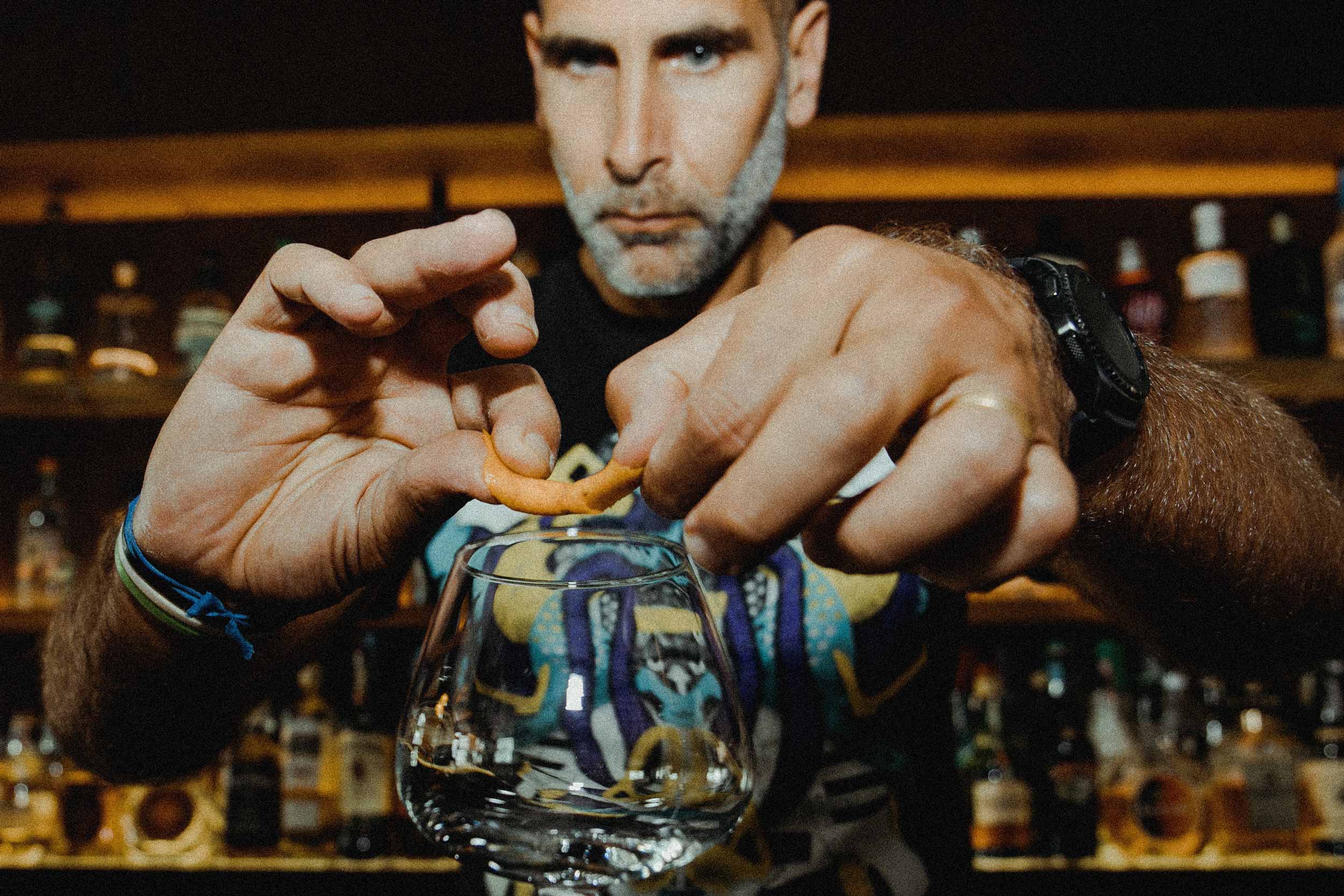The Challenge
Transforming the company wide approach of a driven, iconic spirits brand to inform its future innovation process and pipeline.
In the face of past struggles to sustainably and filling a global innovation pipeline with fresh, genuinely breakthrough ideas, the leadership team from an iconic spirits company enlisted us to help them transform their company-wide approach. More specifically, we were tasked with setting a strategic, inspiring approach to innovation — and then to fill that pipeline with big, revolutionary, brand-catapulting ideas.






